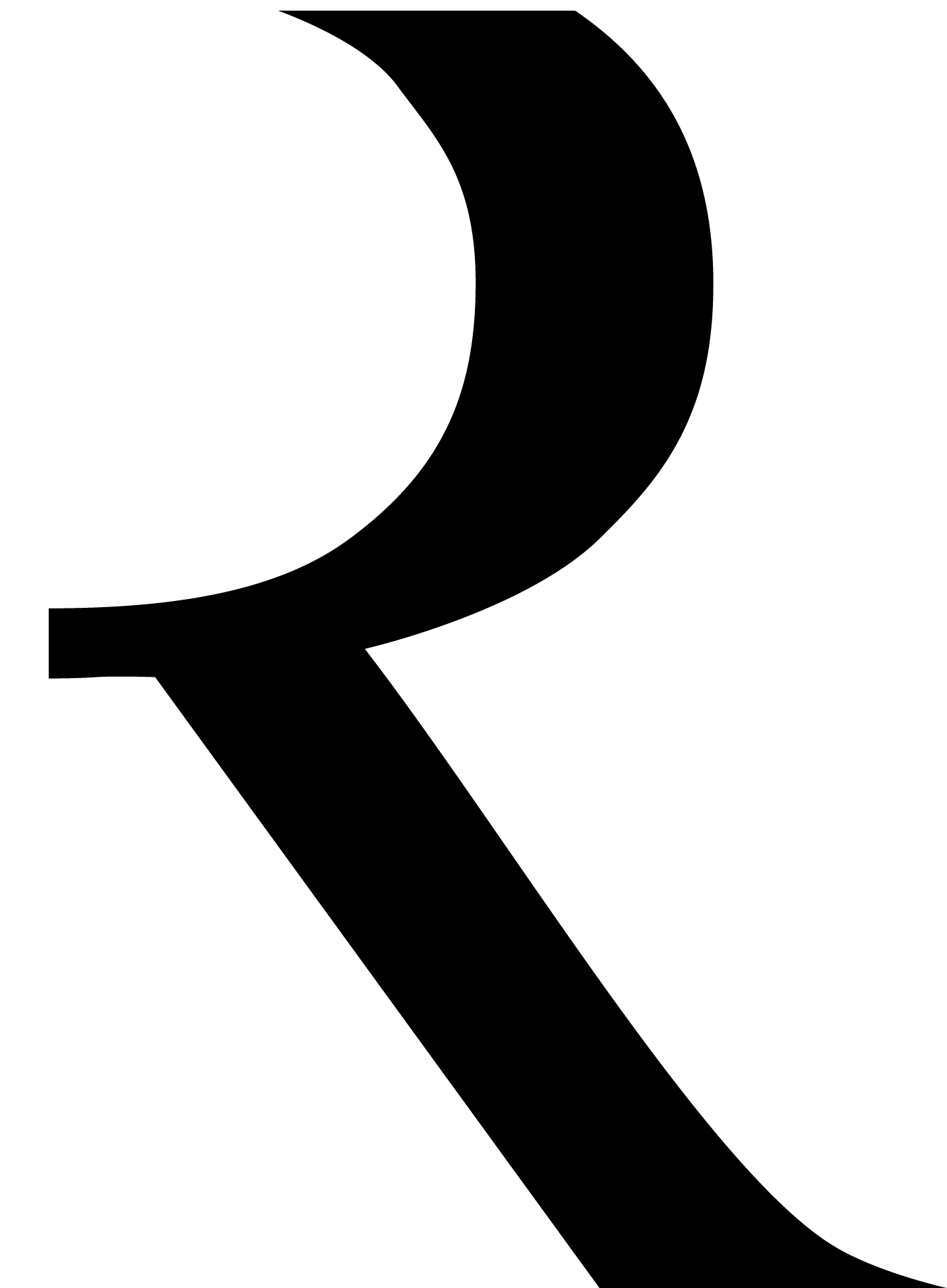Claes Oldenburg
Claes Oldenburg was born on 28 January 1929 in Stockholm. His family moved back to the United States after his birth, where they resided in New York City and Rye, New York until 1933 when they relocated to Oslo for a period of three years. Oldenburg then settled with his family in Chicago at the age of seven. He attended Yale University, studying art, English, and drama while exposing himself to the New York art scene on the weekends. In 1952, he enrolled as a full-time student at the Art Institute of Chicago, where he began keeping a journal with illustrations, found images, and personal reflections.
Oldenburg exhibited his paintings locally in the Chicago area until 1956, while supplying illustrations for Chicago Magazine. His move to New York in 1956 represents a pivotal point in his career. He began to create the three-dimensional paper mache constructions which would come to define his oeuvre.
As a member of the New York City art world, Oldenburg was heavily involved in the post-Expressionist Pop Art camp. His work challenges the gestural, non-objective pictures created by artists like Jackson Pollock in favor of recognisable and even banal subjects. Oldenburg was also interested in Happenings and conceptually-based performance, which derives from his academic background in theatre. Often the soft canvas props he employed in his Happenings were kept and later displayed as artworks in their own right. He was fascinated by commodity culture, producing objects like instruments, household utensils, and even toilets in oversized, yet sagging or “soft” form. His work monumentalizes ordinary commodities, then literally deflates them, thus challenging the consumer culture of the 1950s and 1960s.
Further Readings:
Oldenburg, Claes, and Germano Celant. Claes Oldenburg an Anthology ; [National Gallery of Art, Washington, D.C. February 12 - May 7, 1995 ...]. New York, NY: Guggenheim Museum Publ. [u.a., 1995.
Axsom, Richard H., David Platzker, and Claes Oldenburg. Printed Stuff: Prints, Posters, and Ephemera by Claes Oldenburg : A Catalogue Raisonné 1958-1996. New York: Hudson Hills in Association with Madison Art Center, Wisconsin, 1997.

Claes Oldenburg (American 1929-Present)
Miniature Soft Drum Set (1969) screenprint, spray, enamel, sewn/assembled, ed. of 200, 9 3/4" x 19" x 13 3/4"
SOLD
